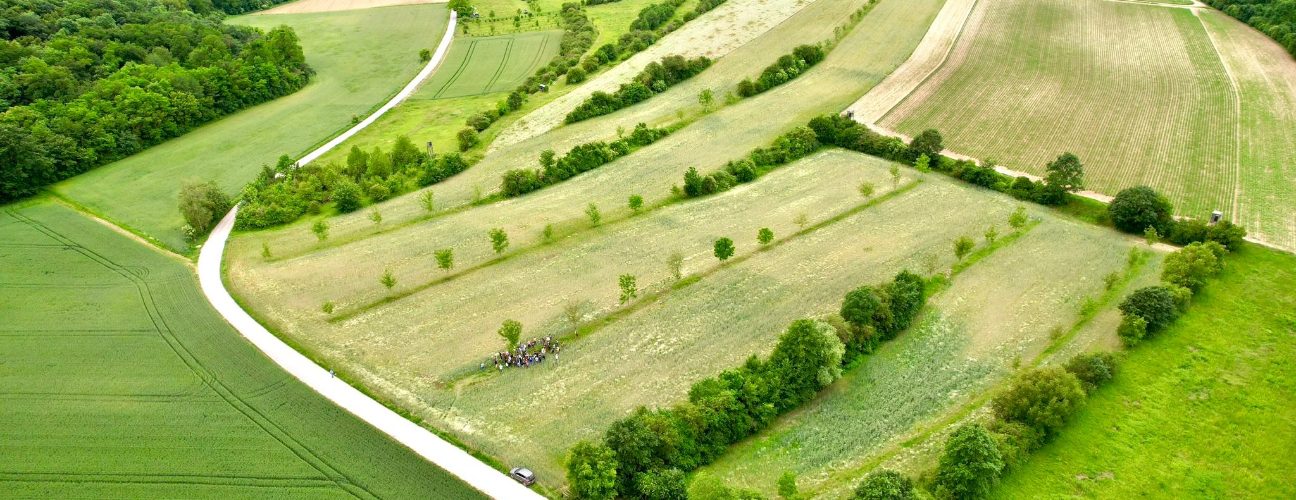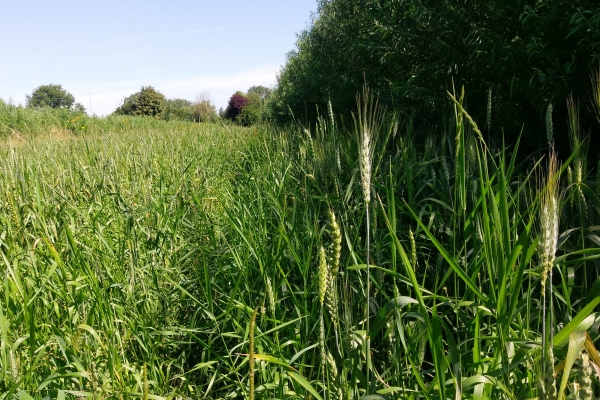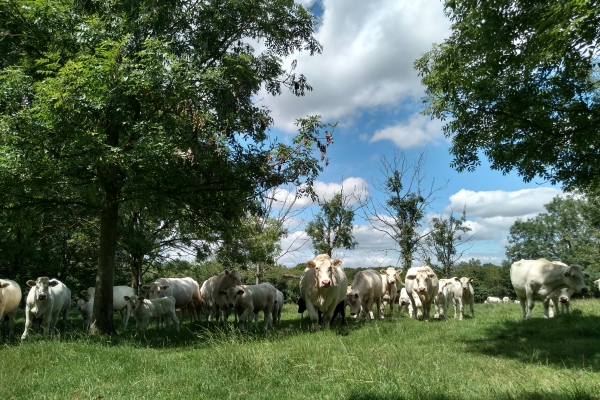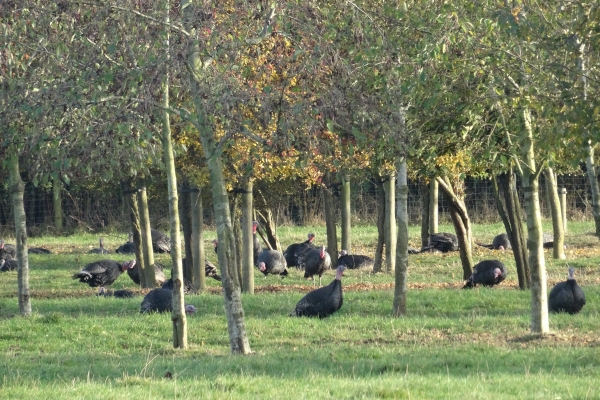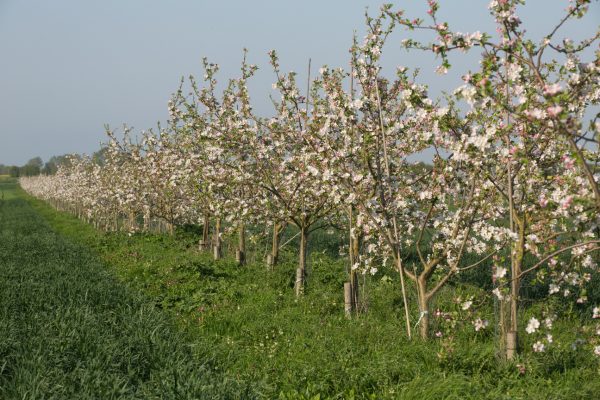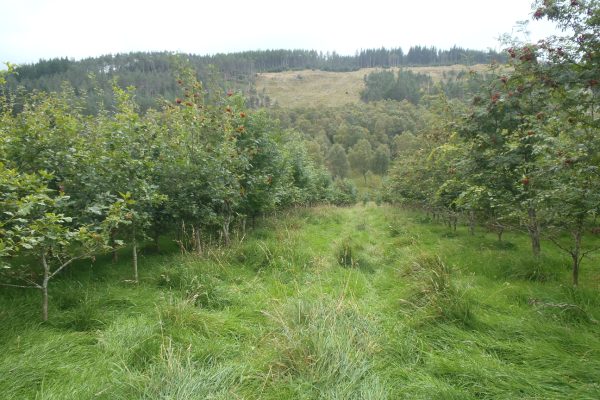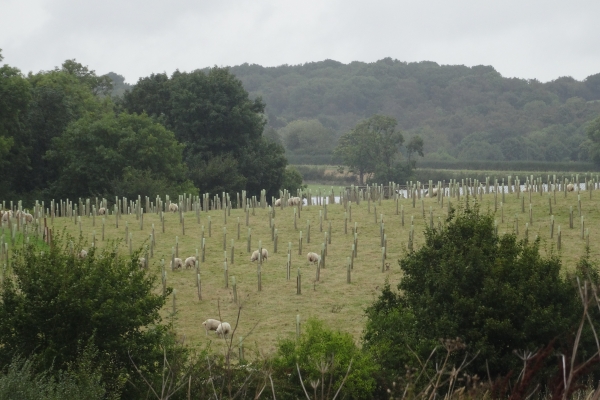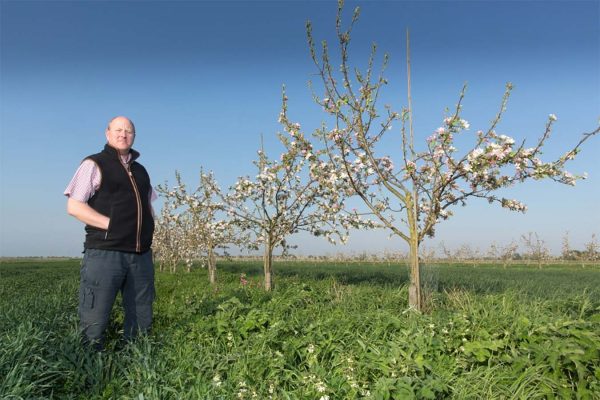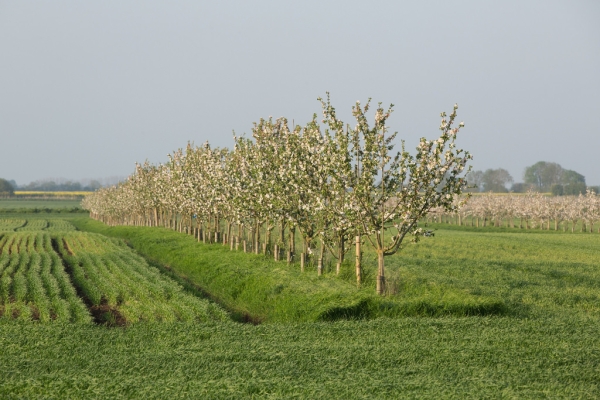EURAF 2024 – shifting the dial of agroforestry from niche to mainstream
The seventh European Agroforestry (AF) Conference, EURAF 2024, took place in Brno in the Czech republic recently, hosted by Mendel University and organised by the European Agroforestry Federation. Myself and ORC colleagues were fortunate enough to attend, after gathering for a ReForest project meeting with our international colleagues the previous day. We thought we’d report back from this conference abuzz with researchers from all over Europe presenting research outputs, along with some interesting talks from farmers…
The opening ceremony included hearing from European and Czech policy makers, the Czech Minister of the Environment, Christian Dupraz, the founding president of EURAF, the UK’s own silvoarable pioneer Stephen Briggs, and the European Commissioner for Agriculture, Janusz Wojciechowski, all paving the way for what was to come… Janusz Wojciechowski and key note speaker Patrick Worms focused on the positives, emphasising that AF is recognised as having a positive impact on carbon sequestration and of being a way to build a resilient farming system, benefitting carbon sequestration, biodiversity and food security, and called on the audience to aspire to creating a world in which farmers describe the AF on their land as being beautiful, cool, of liking to work there… and of providing lower costs and better working hours.
Jakub Houška, the Chair of the Organising Committee and of the opening ceremony, set the scene for some of the issues farmers across Europe face; insufficient knowledge, the need for resilience to climate change, slow cash returns, few AF models available, and very few long-term experiments (he cited the experiment at Montpelier which has been going on for 30 years, but made the point that the farm management has changed 4 times)… He also suggested that there should be more social recognition of AF, and more given to reward people “who do good things”, making the point that there are a lot of initiatives but still a large number of badly designed projects and systems. There isn’t enough AF expertise to assist landowners in designing AF systems.
“We need to prove that trees make money” said Christian Dupraz, who also said that we need to showcase good examples.
The numerous presentations, some more easily digestible than others, were full of nuggets of interesting and useful information, such as silvopastoral systems being able to support bats, including hunting and social activity by providing high value foraging and roosting habitats, and feeding goat willow to sheep being able to supplement minerals, particularly cobalt, and substantially increase vitamin B12, whilst also offering the potentially to reduce nitrous oxide emissions.
It’s probably particularly pertinent though to share some of the talks based on farmer experiences, particularly one given by Ľuboš Molitoris (farmer and researcher) on ‘Agroforestry in the legal framework of Slovakia.’ Ľuboš put in perspective very clearly and emotively the issues that farmers in Slovakia face. Against a backdrop of historic intensive land use on huge arable fields, farmers need to become familiarised with new concepts and be shown the potential of agroforestry and regenerative agriculture. To put it in some perspective, and show in contrast the flexibility that UK farmers have, in Slovakia, the current CAP prohibits commercial fruit harvest, the harvesting of wood within 5 years, and the use of fast-growing tree species!
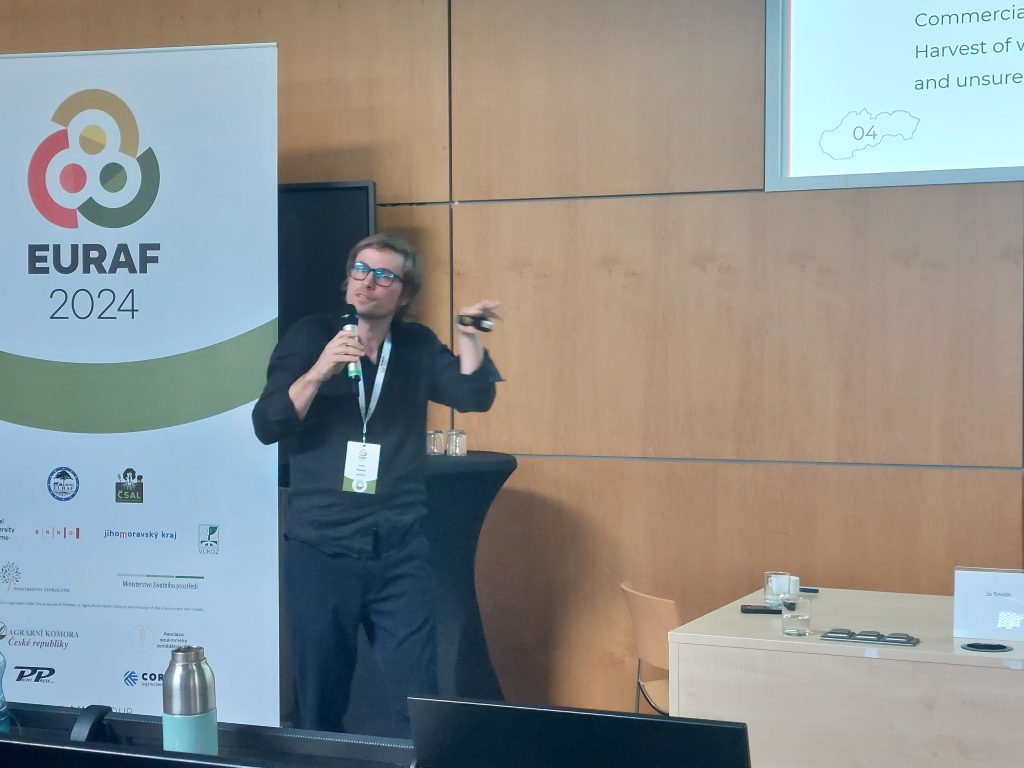
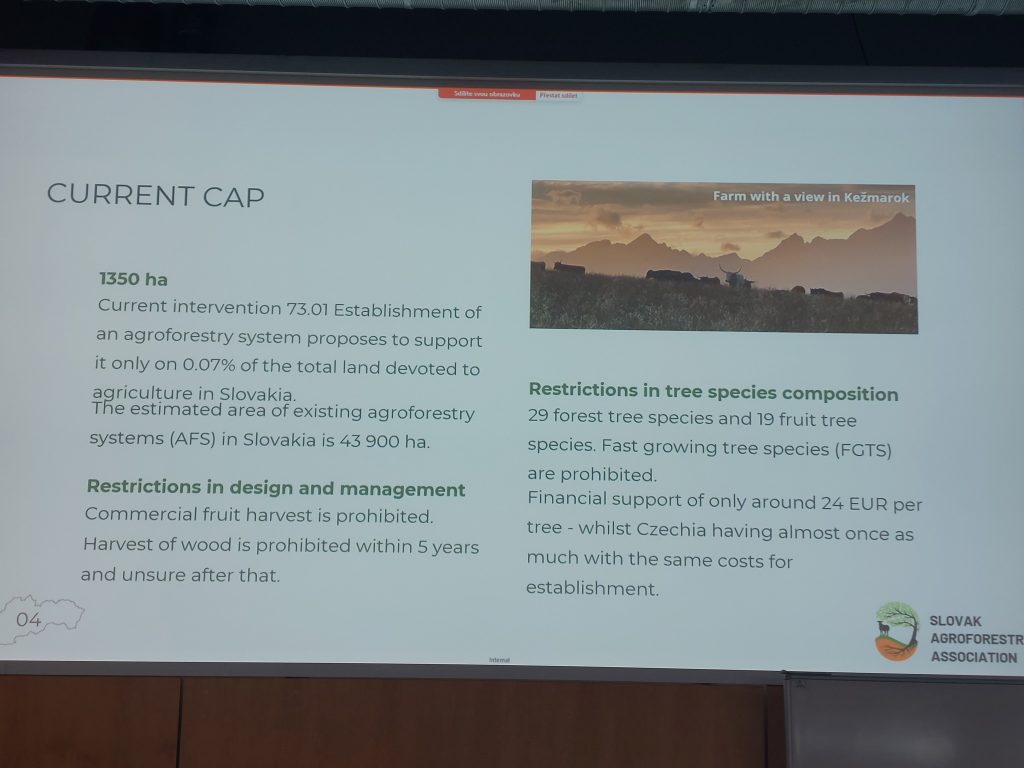
Two talks delivered by the UK’s Stephen Briggs from Whitehall Farm and Archie Ruggles-Brise of Spains Hall Estate, gave insights into where the UK sits in the wider AF picture and some of the factors that influence UK farmers’ decisions.
Stephen Briggs said that one of the biggest challenges we still have in many countries in Europe is the separate forestry and agriculture policies. He quipped that “Many farmers have arbor-phobia and many foresters have agri-phobia so we have to find a solution for those infections.” Another of our biggest challenges, he went on to say, is adapting our farming systems to extreme weather conditions. “The challenges of yesterday in southern Europe are the challenges of today and tomorrow in northern Europe.” He reminded us that as climate change bites, we’re seeing a change in agroecological conditions, and we need to think how farmers in southern Europe can help inform farmers in northern Europe. He emphasised that creating networks for policy, practice, and experience exchange is going to be increasingly important.
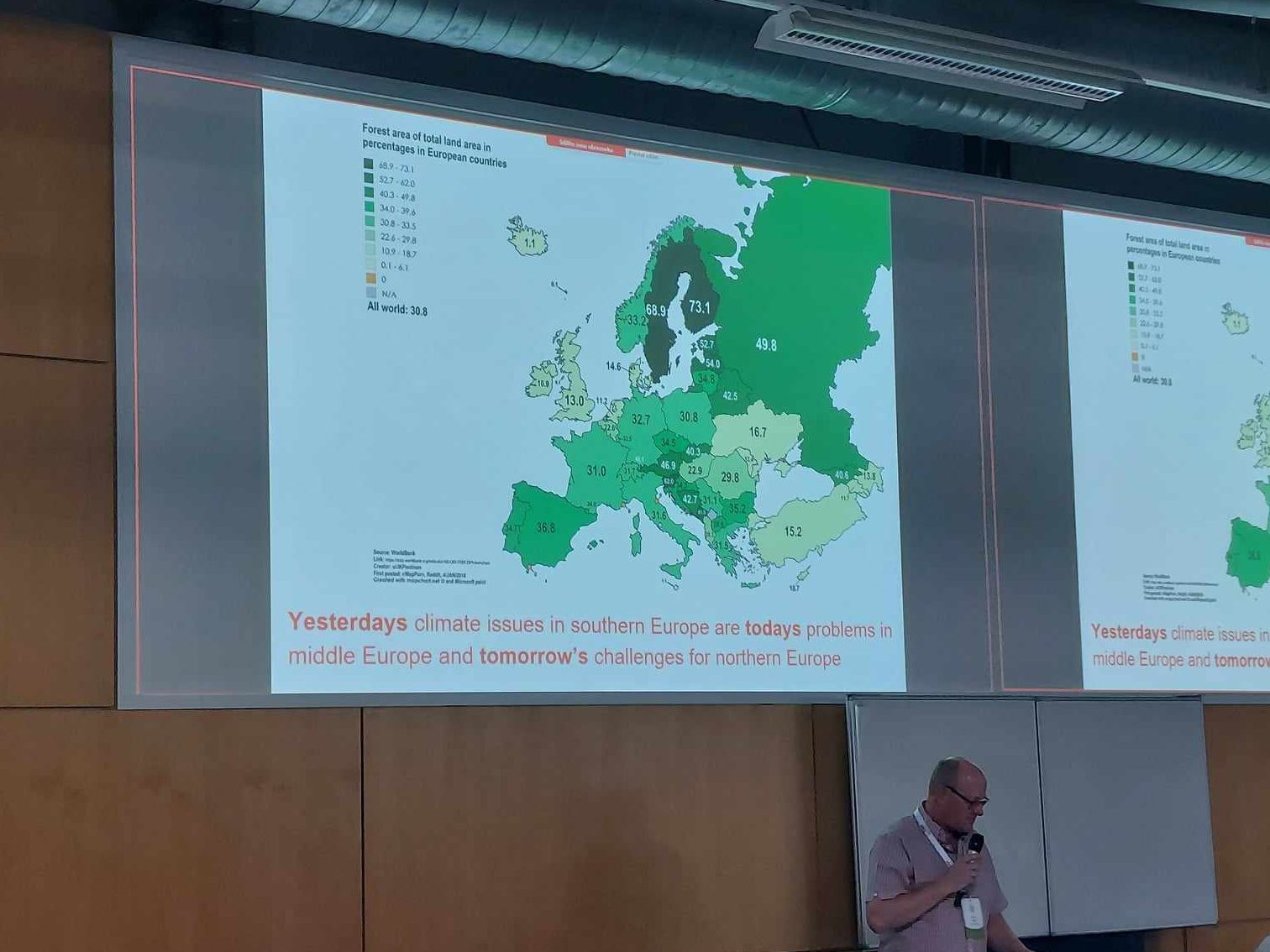
UK Government policy is offering an opportunity for AF to move forward… keeping farmers engaged in the process is all important. As Stephen pointed out, the SFIs offer different support levels and allow public and private finance to co-exist. A farmer can be paid by the Government to plant trees but paid by the private sector for sequestering carbon, which allows him or her to stack income streams. He stressed that we have lots of research but need to make sure it gets into the hands of farmers. The research shows there are real benefits surrounding improving biodiversity in the landscape and soil water and quality, helping build resilience in our farming systems, but the information needs to be collated to inform policy in the direction that farmers want and making sure that the policy works in a way that farmers can coexist with.
“The question for many of us is why, if we have all this data that shows AF is good and informing policy, are farmers not doing it? Where are the blockers? …” He cited blockers as being a mixture of short-term need and long-term policy, land tenure, uncertainty of putting trees on farmland and getting an income, unknown markets (we all need to think about how to develop those markets), and for every farmer, there are about 10 people around that farmer saying don’t change, we have a business model completely built around what you’re doing…… He suggested we need to enable more joint ventures between landowners, land managers, and farmers and to focus on enabling the the research to reach beyond the research community and reach farmers in a way that they can use it to make important decisions. “Farmers talking to other farmers believe each other” and is, he said, key to dissemination.
Archie Ruggles-Brise presented the harsh reality of potential costs involved and emphasised his primary motivation of survival saying “if we don’t make a profit, I will very quickly go out of business.” He started developing the AF system at Spains Hall Estate just 4 years ago and spent £60,000 in cash and time setting up, designing and researching the system, and a further £150,000 deploying it. No insignificant risk and investment!
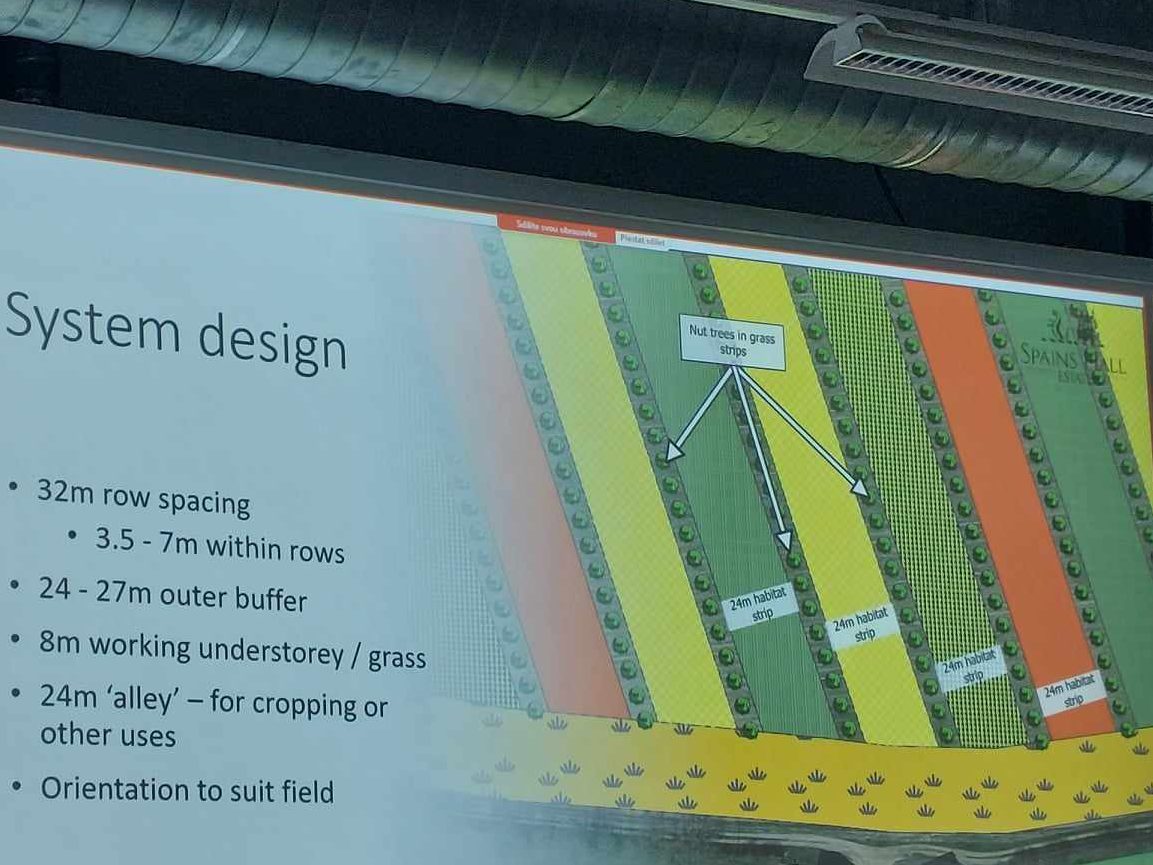
The alley cropping system (see above) with single lines of predominantly hazel and walnut nut trees planted between 3.5 and 7.5 m apart and rows 32 m apart, is part of a much bigger land use system, and rather than being the end product, he sees it as being the enabler of wider landscape change. He explained that putting ‘biodiversity crops’ in-between tree lines has been to purposefully help build carbon in the soil and support beneficial insects, whilst simultaneously wanting the trees to produce edible food. He said the system has to be highly mechanised, contain as low an inherent agronomic risk as possible, and be flexible… In common with many farmers’ experience, available information was poor and resources were limited – there were few models to look at / compare when trying to work out a system that what would work for the context needed. He also emphasised the market gap saying “The UK nut growing market is miniscule…” He was unable to find sufficient numbers of hazelnuts and walnut trees needed, nurseries in the UK couldn’t supply them, so he had to change the species he planned to grow because of that.
My colleague Will Simonson commented that “it was no surprise to be hearing about barriers to adoption, the importance of markets and economic incentives, and the biodiversity and carbon benefits of AF throughout the week. But there were many advancements in these areas, and novel topics too, such as farming AF weeds (ex ORC scientist Jo Smith) and combining AF with agrovoltaics.” Will said that one connoisseur of these EURAF events commented about the evolution he has seen from talks involving traditional field measurements of AF performance, to lots on models and tools, and thought that this perhaps emphasises the maturation across Europe of this land management approach and the need for new ways for science to support rising interest in this field. In the context of ORC’s involvement in an AF advice and guidance test & trial, it was interesting to hear about how other countries and organisations are approaching knowledge exchange. The French Agroforestry Association has been developing a 10-week training course for AF advisers and practitioners, and in Belgium ILVO has created an e-academy of interactive online learning sessions.

Will also commented that the conference excursions were a good opportunity to ground some of this content in real world examples. “Of particular interest in the Central Moravia tour was an arable farm (see above), once devoid of anything that drew the eye, which has since 2007 been transformed by a range of landscape elements involving trees: bio-corridors, shelterbelts, orchards around retention ponds, cunningly making use of a variety of government subsidy supports in the process but otherwise going against the grain of farming in the region. When asked what was needed to drive this conversion, the farmer replied that you have to be courageous as well as clever. Whilst the ecological and production benefits were carefully laid out, the premise of Patrick Worms in his opening speech came back to mind, that ultimately AF creates places where farmers like working, that are beautiful.”
Our colleague Colin Tosh was present at the closing ceremony. I asked him to provide a few thoughts based on that to sum up… He said there were two main speakers whose themes and motivations differed dramatically. Rowan Reid of Bambra Agroforestry Farm in Australia talked of the need for a long-terms view on AF, the development of local support networks to develop AF projects, and was critical of a dependency on subsidy support. Most farmers in Australia own their land however, and when reminded that this is not the case in many countries, he admitted short term tenancy to be a huge constraint on developing projects in the way he proposes. Researcher Robert Zomer of Euro-Mediterranean Centre on Climate Change (CMCC) talked about his work on global carbon sequestration by AF. His long-term aim has been to get AF noticed in the policy sphere and this culminated with an IPCC update in 2019 to include trees present in carbon sequestration figures for farm land.
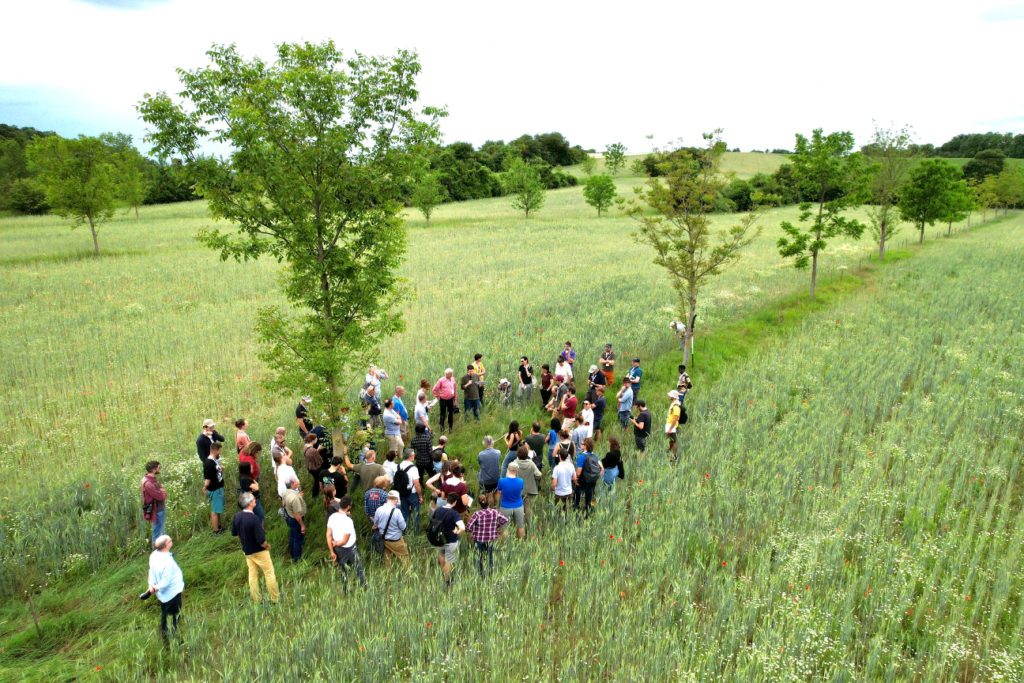
Colin commented that “A representative of the Czech Environment Ministry took questions. He was very honest about the lack of linear wood features in the Czech republic; something noticeable from the bus tours to Czech AF farms that delegates were taken on. Despite being one of only 7 EU countries to make a pledge to support AF beyond EU support, he was inexplicably pessimistic about the likelihood of improving the state of field boundaries for nature in Czechia.”
Colin said that the charismatic Patrick Worms chaired the session, and the overall feeling was that no overriding themes or issues emerged. Colin surmised that this is probably as it should be as each country has a unique policy and socioeconomic environment, and different approaches may have to be taken to promote AF in different countries.
Policy is having a huge impact on the adoption of AF across Europe, but differs hugely from one country to another, and leads to huge levels of complexity. The UK is up with the front runners but, as emphasised by Stephen Briggs, research needs to reach the farmers more.

Stephen ended with a call to action to all those present at EURAF – to have a multinational EU-wide AF day – “open our doors and show people what AF is.” Seeing is believing…
With thanks to Will Simonson and Colin Tosh
Two photos taken from above are courtesy of the EURAF conference photographers. All others where not already named taken by Janie Caldbeck
